manna moment- Humble learnersProverbs 29:1- "He who is often reproved, yet stiffens his neck, will suddenly be broken beyond healing." What is your first response after you have been corrected or reproved? Do you ignore it and remain stubborn or stiff-necked? Or do you humbly repent, re-evaluate your way and correct what you did wrong? The Wright brothers knew that rigid, stiff, wings would lead to disaster but how could they make flexible wings without sacrificing the integrity of the wing structure? They invented something called wing warping where one wing will twist up while the other wing twists down to be able to provide a way to control 'roll' during flight. This is so that a gust of wind wouldn't come and flip their rigid wings over, plummeting the passenger to the ground in disaster. Let us be humble learners, being willing to admit when we don't know everything and open to twisting a little bit in order to be able to soar like the eagles. Angle of Attack DemonstrationQuestion: Will the water flow faster the larger the angle is? Procedure: Find a flat, square/rectangular piece of plastic. Have a volunteer hold the plastic piece just slightly angles. Note the speed at which the water moves. Have the volunteer increase the angle of the plastic. Note the speed the water moves. Evidence-based explanation: Because of the greater angle and the pull of gravity, the water flows faster with the larger angle. This is similar to the angle of attack in flight. Air will flow faster and greater the angle of attack of the wing. This produces more lift. It was hard to see the difference in the water flow on the plastic lid, however, if you looked at how it was rolling off the lid, there was a difference. Not as much water flowed off at the smaller angle as did the larger angle. There were some limitations to this demonstration. Learning the parts of an airplaneHere is a great video that goes through the different parts of the airplane. We made a printable to go with this video for our Lesson 8 Mysteries of Flight bundle found at the end of this post. enrichment videosWing Warping the Wright Way is a great demonstration of how the Wright Brothers developed wing warping by the Smithsonian Air and Space. One person made an actual Wright Glider and here is a 41 second clip of what that looks like. Wing warping investigationUsing the template in the student guidebook and found in the Lesson 8 of Mysteries of Flight bundle, you can investigate some wing warping by folding different corners of a paper glider to see what effect it will have on the how the glider flies. There is a chart with different combinations to try and space for them to document their results. This is a great opportunity to assess their glider knowing the four forces of flight. Many students were throwing these small gliders very hard and they would just crash. It is possible that they were applying too much thrust to the glider and should adjust accordingly. In their guidebooks, I encouraged them to take this wing warping and see if it would be helpful in their previous gliders made during class. Mysteries of flight curriculum
0 Comments
Manna Moment- Self ControlProverbs 25:28- "A man without self control is like a city broken into and left without walls." The pioneers of flight before Wilbur and Orville Wright were Sir George Cayley, Otto Lilienthal, Perry Pilcher, Octave Chanute and Samuel Langley. Each of these men were so focused on getting off the ground and moving forward, they hadn't spent near enough time thinking about how to control the aircraft once it was in the air. Lilienthal and Pilcher both died as a result of losing control of their gliders when an unexpected gust of wind caught them. God's word reminds us of how important self-control is- a man without self control leads to destruction. Part of the fruit of the Spirit is self control. When we accept Jesus Christ as our Savior by repenting of our sins, we are given the Holy Spirit as a counselor and guide. Through the power of the Holy Spirit we can display, by His power, love, joy, peace, patience, kindness, goodness, faithfulness, gentleness, and self control. By the power of the Holy Spirit, we can be in control of our thoughts, words and actions to make our lives worthy of Jesus Christ. approaching the Problem of flight scientificallyHow do you take a BIG question and narrow it down to something smaller and testable? BIG question: How do we fly? Wilbur and Orville Wright did some background research to find out who had already been working on the problem and what they had already figured out. Then they took their BIG question and narrowed it down to "What exactly is needed to fly?" In asking this question, Wilbur pinpointed three obstacles in the way of successful human flight. 1. Wing Construction 2. Power needed for thrust 3. Balancing and steering the flying machine after it was up in the air. Based on these three obstacles, they picked one to start on resulting in a smaller and testable question: How do you control an airplane once it is in the air? The Scientific Method: 1. Make Observations - Observations can include noticing, looking, measuring, or testing for patterns. 2. Ask Questions- Which questions can be answered with observations, measurements, or tests? 3. Background Research- Use research to find out what has already been investigated. 4. Make a Hypothesis- Choose your testable variable and make a hypothesis. 5. Determine Procedures- What steps do you need to take to control for your specific variables? 6. Collect Data- How accurately can you measure your data? 7. Analyze Data- What does the data mean? 8. Draw Conclusions- Did your results support your hypothesis? What did you learn about your question or hypothesis? With every aspect involved in the science of flight, the Wright brothers had to continually return to the scientific method for every problem they faced along the path to achieve heavier than air controlled flight. Axes of motionMoving around in the air was a completely new idea for people in the late 19th century so the Wright brothers had to use what they knew and apply it to what they didn't know. The three axes of motion for flight are:
The Wright brothers had to be resourceful to understand these three axes of motion. To learn about yaw, they learned from navigating boats. To learn about pitch, they studied how Civil War submarines dove into the water and came up. This is where they learned that the vertical rudder would control yaw while a horizontal rudder would control pitch. Finally, the Wright brothers were bicycle engineers and when they saw people riding bikes and leaning into a turn, they learned something about what roll would be in the air. To make this easier for my students, I used a piece of Dry Fom used to place flowers in for arrangements. This is representative of the fuselage of an airplane. I then had them stick in three bamboo skewers to represent each axe of motion. They would label them accordingly. Every time they twisted the 'yaw' skewer, the nose would go left or right. When they held the skewer labeled 'pitch' the nose could go up and down and finally when they held the skewer labeled 'roll' , they could see the plane tilt to the left or right. air foil investigation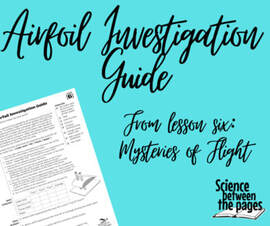 I had my students build an airfoil apparatus to be able to investigate different types materials for airfoils. All the instructions for this are found on the Airfoil Investigation Guide. Which material makes the best airfoil? The materials that I gave the students were: index cards, tissue paper, printer paper and aluminum foil. They were to make the apparatus and then place the different types of airfoils on it. Turn on a hair dryer and see which airfoil experienced the most lift. steps to making the airfoil apparatus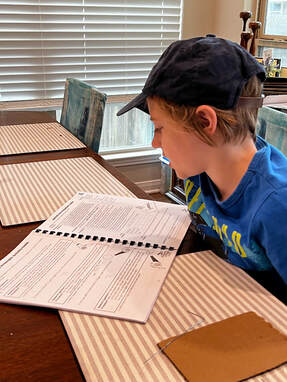 1. Read the instructions all the way through first. 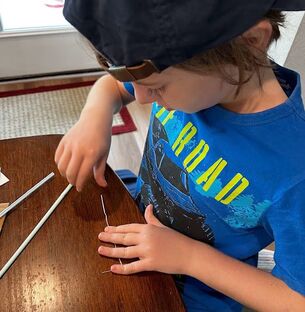 2. Straighten two large paper clips leaving one end bent in an 'L' shape. 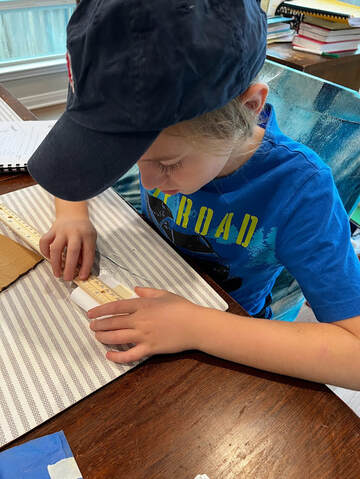 4. Measure one inch on the airfoils in order to know where to hole punch. 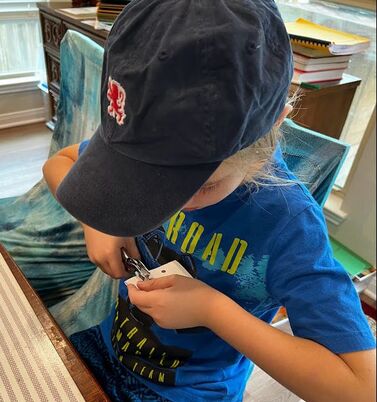 5. Hole punch the air foils making sure that the distance between the holes is one inch and that they are straight. 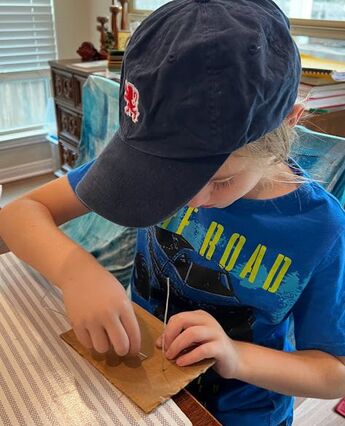 6. Place the straightened paperclips one inch apart on the 4x6 piece of cut cardboard. 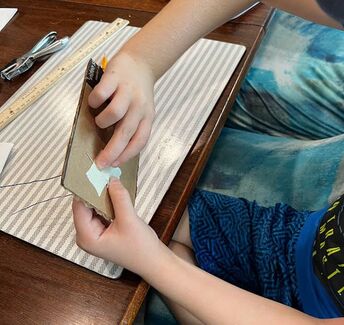 7. Tape the flat part of the paperclip to the bottom of the cardboard piece. 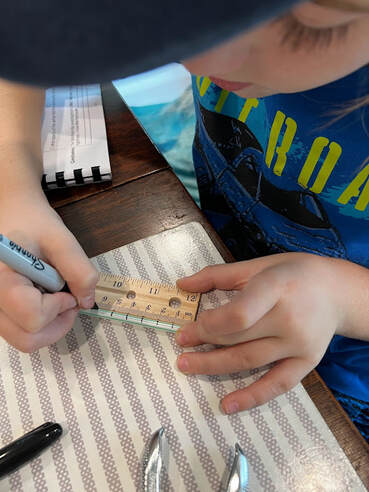 8. Mark the straw using centimeters. 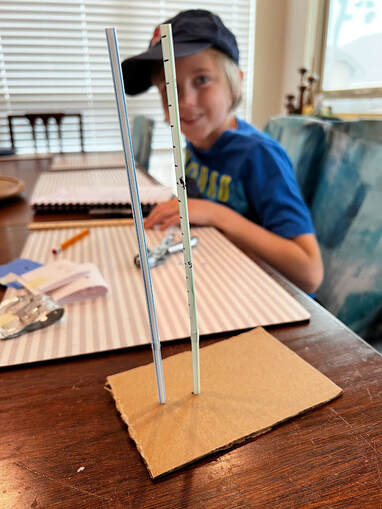 This is the finished airfoil apparatus. Testing the airfoils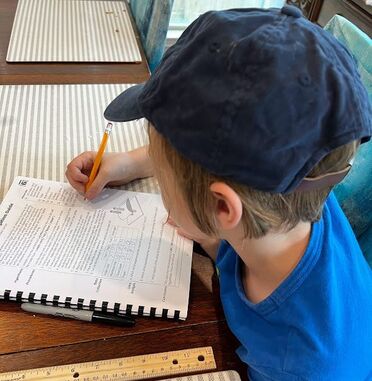 Don't forget to finish calculating the averages to all the trials and writing your conclusion statements on the investigation. Mini- jeopardy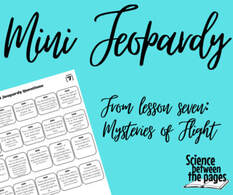 We are more than halfway through our lessons. It is time for some review. I consider this our 'mid-term'. manna moment- balanceIsaiah 40:31-"But those who wait on the LORD shall renew their strength, they shall mount up with wings like eagles, they shall run and not be weary, they shall walk and not faint" We've all found ourselves at one point in time trying to walk along a narrow path, balancing our weight between our extended arms and the next step forward. In the same way, achieving flight is a balancing act where low air pressure and high air pressure work together to achieve lift. In order to soar like an eagle, there must be fast moving air above the wings to lower the air pressure in order for the slower moving air under the wings to exert a higher pressure push up to lift the wings. All the tasks mentioned in the verse-renewed strength, flying, running, walking- are the outcome of waiting on the LORD first. We won't always have to wait but we must always trust Him and His timing. We must be diligent to allow the LORD to renew our strength so that we can fly, run, and walk for His Glory and His Kingdom. bernoulli's principleIn 1738, Daniel Bernoulli discovered an inverse relationship between pressure and velocity. He described this observable pattern in what today we call Bernoulli's principle. Bernoulli's Principle describes this inverse relationship this way: "As the velocity of a fluid increases, the pressure exerted by that fluid decreases." This discovery had an impact on flight because it treated air as a fluid that had the same predictable pattern. With respect to flight, the Bernoulli Principle translates to "As the speed of air increases, the pressure given by the air decreases" AirfoilsLast week, we talked about how Sir George Cayley discovered the four forces that govern flight. He published evidence that proved that ornithopters would never be able to fly because they were too heavy and had too much drag. Once this publication was out there, there weren't any more people trying to make the ornithopters work thus Wilbur and Orville decided to investigate how to make a fixed wing work. The next step was to figure out what shape to make the fixed wings. The shape of a wing is called an 'airfoil'. There are several factors to an airfoil that contribute to its success or failure. They are: its length, width and angle of attack. The Wright brothers had to tinker with airfoils for a good amount of time before they found the right shape. The successful airfoil had a curved top of the wing and the wing itself was thin. Their design would continue through both World Wars and Wilbur ended up publishing their findings in an article called "Angle of Incidence" in the Aeronautical Journal during 1901. Bernoulli's Principle in actionWe tested Bernoulli's Principle during class using a ping pong ball and a hair dryer. When we turned on the hair dryer, we placed the ping pong ball on top of the hair dryer to see what would happen. After we finished with the ping pong ball and the hair dryer, we then tried it with a beach ball and a leaf blower to see if it would act the same. Finally, I placed a roll of toilet paper on a broomstick and used the leaf blower to blow the toilet paper. Because the air was traveling faster, increased velocity, it created lower air pressure allowing the ping pong ball, beach ball, and toilet paper to experience lift. Lessons 1-6 vocabulary bingoIn the student guidebook, there is a page where the students can write in their vocabulary words on a Bingo sheet in order to play during class. We played Bingo and reviewed our vocabulary all at the same time
manna momentPhilippians 2:3-8- "Do nothing from selfish ambition or conceit, but in humility count others more significant than yourselves. Let each of you look not only to his own interest, but also to the interests of others. Have this mind among yourselves, which is yours in Christ Jesus, who, though he was in the form of God, did not count equality with God a thing to be grasped, but emptied himself, by taking the form of a servant, being born in the likeness of men. And being found in human form, he humbled himself by becoming obedient to the point of death, even death on a cross." Noah Webster's (1828) American Dictionary of the English Language defines humble as 'having a low opinion of one's self and a deep sense of unworthiness in the sight of God." Alternatively, humility is defined as "freedom from pride and arrogance." When faced with a larger-than-self task, it is important to: 1. Recognize that the task is larger than one person can accomplish. 2. Admit that others have or have had good ideas about how to accomplish such a task. 3. Be humble in considering others ideas in order to accomplish the larger task at hand. Wilbur has a sense of humility when requesting help fro the Smithsonian on all the information about flight. he was not assuming he would solve the problem but might merely add to the research on the subject in hopes of someone one day being able to accomplish controlled flight. Only the LORD knew that it would be Wilbur and Orville who would discover and accomplish so great a feat. Yet it was only possible by having access to those who went before them. Wilbur and Orville's acknowledgement of this is part of having humility. Jesus, who was with God in the beginning, who is the WORD made flesh, and is King had an attitude of humility, never sought equality with God, emptied Himself, taking the form of a servant and was obedient to death on a cross to grant us salvation from sin. In all our endeavors, let us be humble before God and others. Four Forces of Flight: Are lift and gravity competing forces?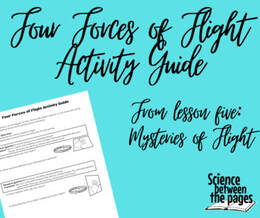 In order to investigate whether the force of gravity and the force of lift are opposing, we set up a simple activity. With a piece of copy paper in between two flat hands horizontally, they spun around. Once they were spinning, they would remove their bottom hand to see what would happen and which forces would be at work. We then observed what happened with they slowed down with the bottom hand still removed. Finally, we spun around and removed our top hand to see what would happen. Here is our Evidence-based Explanation: Lift and gravity are competing forces because they balance each other. The balancing of these forces allows the paper to remain on the bottom of the hand while spinning. As soon as the air needed for lift is gone when you stop spinning, the force of gravity exceeds lift and the paper falls to the floor. Four Forces of Flight: Are Thrust and drag competing forces?For this investigation, we used thin books like readers. Holding the reader flat vertically between your hands, they would spin. Once they are spinning they would remove their front hand. The book would remain on the back hand while thrust and drag were balanced. As soon as they began to slow down the reader would fall to the ground as thrust and drag became unbalanced and gravity took over. Paper Gliders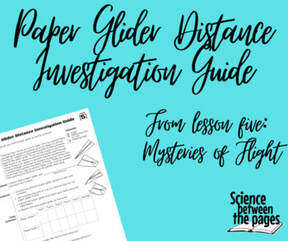 With the knowledge of the four forces of flight, I had the students make paper gliders to model the four forces of flight. There are two investigations that they can choose from, they can either build a glider to see how far it can fly OR they can build a glider that when given thrust hits a specified spot on the wall, most accurate. There are a bunch of ways of making a paper glider. I encouraged the students to do some research themselves to figure out which way to fold their paper would bring about the furthest distance or the most accurate paper glider. how do airplanes fly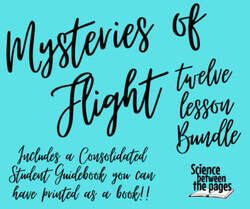 Here is a link to the video about how airplanes fly. How Do Airplanes Fly There is a video guide on page 30 of the student guidebook that you can find in the 12 lesson bundle under Lesson 5, or you can purchase just Lesson 5 below too. Manna momentJob 12:7,9- "But ask the beasts, and they will teach you, the birds of the heavens, and they will tell you; Who among all these does not know that the hand of the LORD has done this? When the Wright Brothers gathered research on all the information available on flight, the one thing they consistently came back to was the birds. God created birds with the ability to control their flight. Studying birds as part of God's creation and how they controlled their ability to fly, Wilbur and Orville were able to make informed decisions about the design they used that ultimately led to the first human-controlled flight. God's words for Job were just as true for Wilbur and Orville Wright in the 19th century as they are of us today. Ask the birds of the air and they will tell you. The Wright brothers were able to unlock the mysteries of flight only because there was a model engineered that they could learn from. Let us never forget that everything we discover or uncover was made by our Amazing Creator. He is worthy of all the glory and honor and praise for everything we, as mankind discover. A little history and the birdsOrville Wright came down with typhoid in 1896. While he was sick in bed, Wilbur would read to him. One of the items he read was the newspaper. There was an article in the newspaper announcing the death of Otto Lilienthal, the world famous Flying Man. He had died from injuries sustained during a flying accident. A gust of wind send his glider plummeting to the ground. Otto wrote a book called Birdflight As the Basis of Aviation which the Wright brothers read to learn about ornithology, the study of birds. Birds have some amazing characteristics that allow them the joy of controlled flight. Characteristics of birds that allow them to fly: 1. Hollow bones- these have the structure similar to struts that support bridges. They are able to retain their strength without extra weight. 2. Air sacs fill the spaces between their internal organs- most birds have nine air sacs that help them breathe efficiently and maintain their lightness for flight 3. The shape of their wings- perfect for achieving lift 4. Feathers- creates a streamlined shape and air tight to help them fly. Feather investigationWhat are some key features of bird feathers? Using hand lenses, I gave the students both real and fake feathers to observe. On their investigation sheet, there is space for them to label the parts of a feather as well as draw what they see through the hand lens. How do feathers behave in the wind? A bird's wing and feathers bend at a natural curve that scientists and engineers called an airfoil. The angle of attack of the feathers naturally create lift when you blow on them. We took some of the feathers and blew above and below them to see how they acted. Are bird feathers waterproof? Oil and water do not mix. When a bird rubs its beak across its feathers (preening) they are depositing and spreading oils on their feathers making them repel water. Not all birds are able to oil their feathers to make them water-resistant though. Owls, parrots, and pigeons don't have the uropygial gland that produces oil. We used a pipette to place water on the feathers to see what would happen. We then made a mixture of soap and water to see what the difference would be. Observing, learning the parts, and drawing what we see of the bird feather. 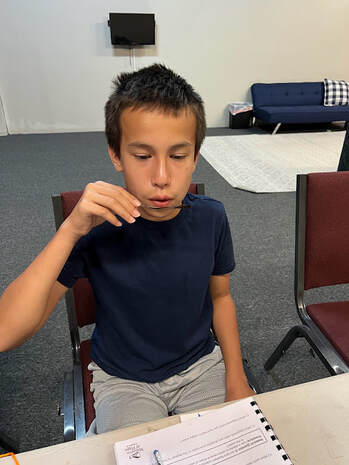 How do feathers behave in the wind? Are bird feathers waterproof? Videos about Birds and FlightDuring class, we watched this short video about How Do Birds Fly. I made a video guide to go along with it to pull out the main points. You can grab it in our Lesson 4 Bundle.
For the student's Flying High work at home, they will be watching Wonders of Creation: Flight There is a video guide for this one too. Neither one is very long but they have great information. Other opportunities for learning involve a Birds in the Field Observation Guide. This has sections where you can document what you observe when birds take off, climb higher, glide, and turn. What are the bird's feet doing? How are the wings moving? What do the tips of the wings look like? and What is happening to their tail feathers? Finally, we have made a flip animation book of a flying bird. This is also in the Lesson 4 Bundle. |
LEAD LEARNERWelcome! My name is Nicole Fleming and I have been leading science learning in the Bryan/College Station homeschool community for over 10 years. Archives
November 2022
Categories |
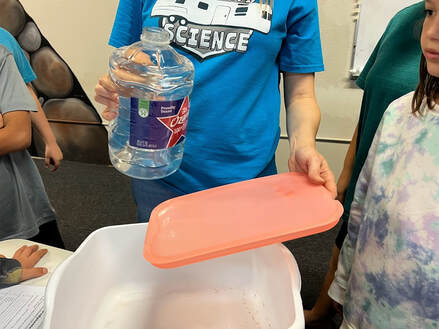
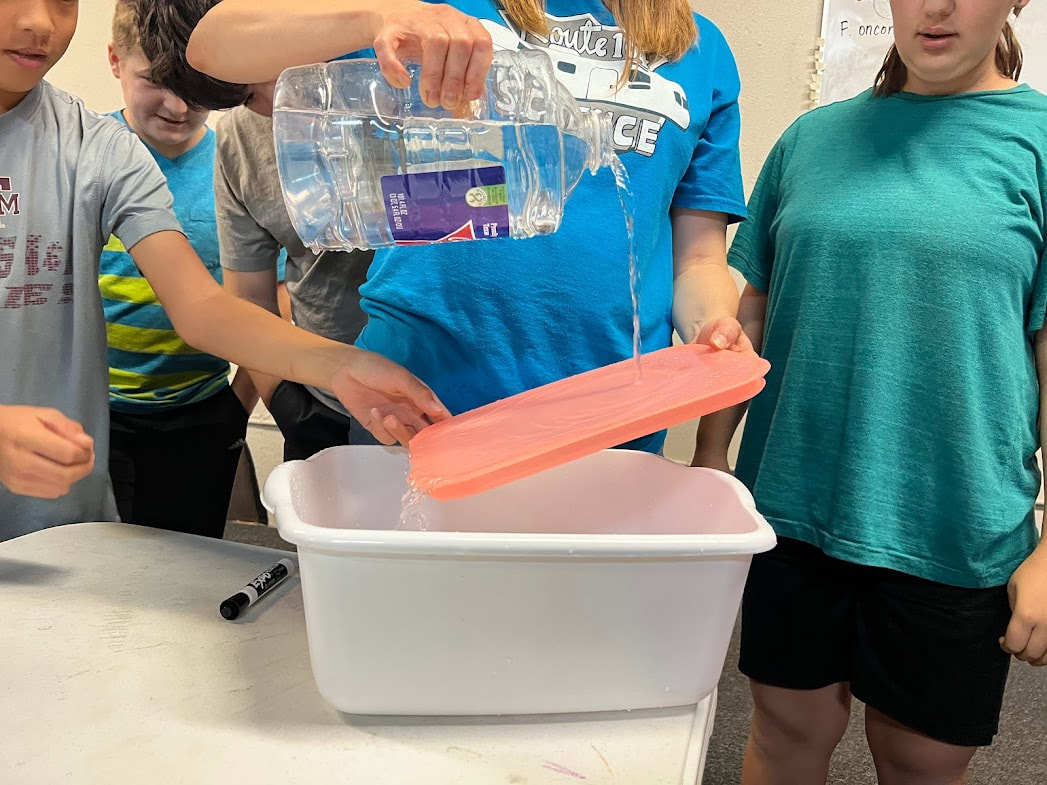
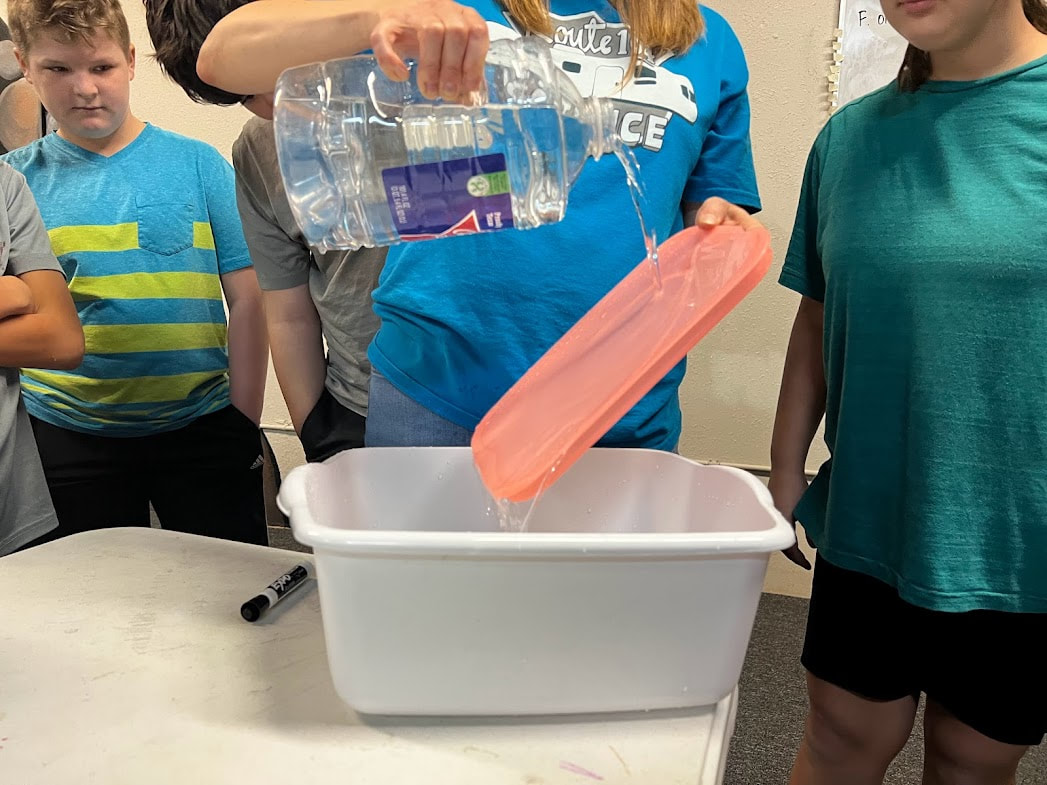
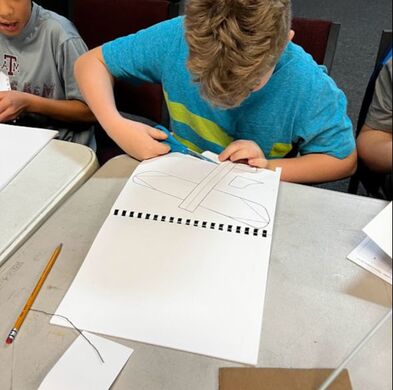
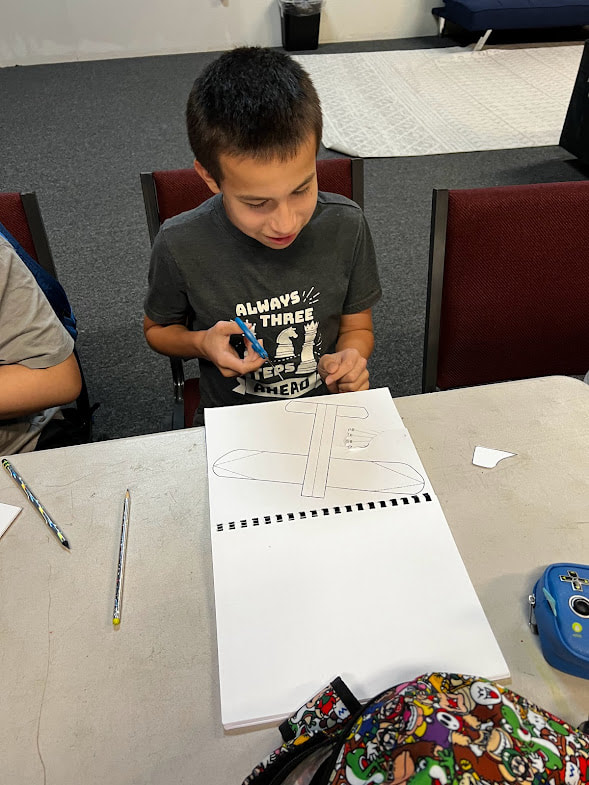
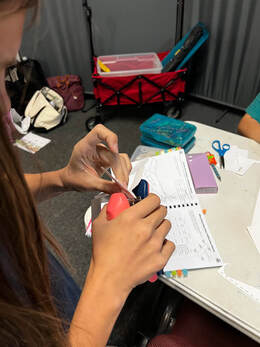
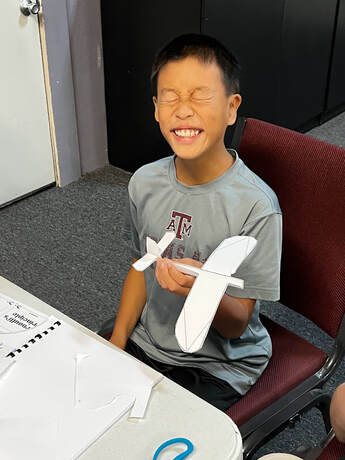
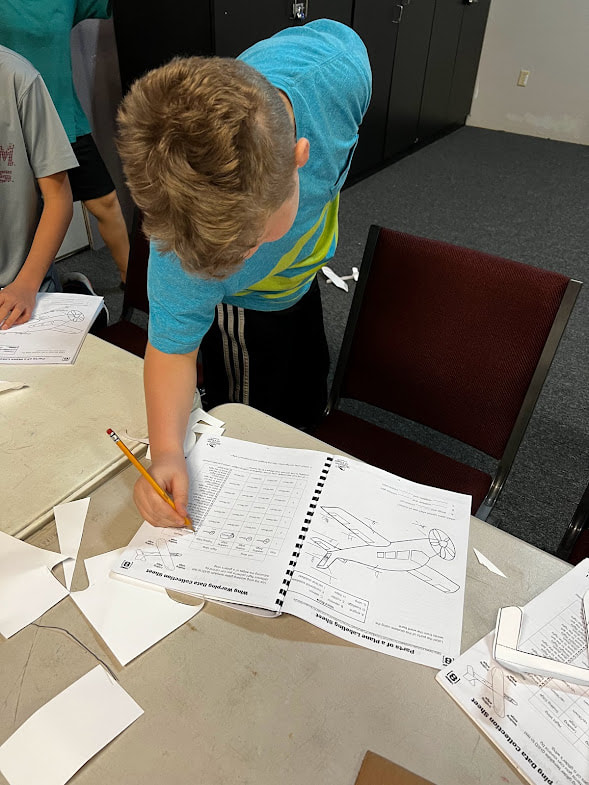
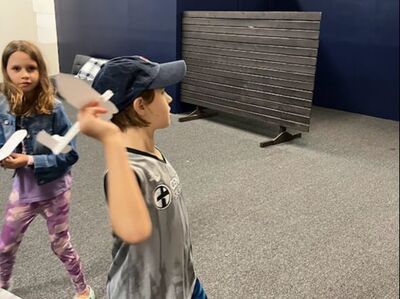
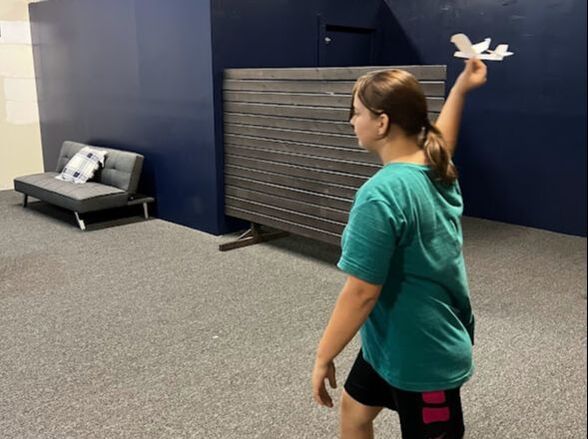
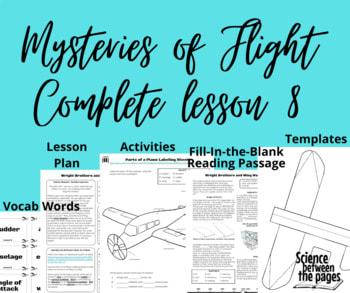
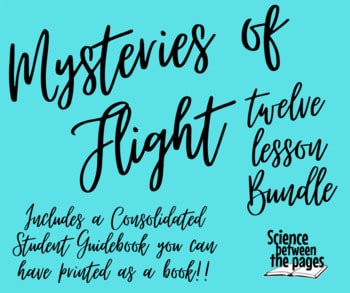
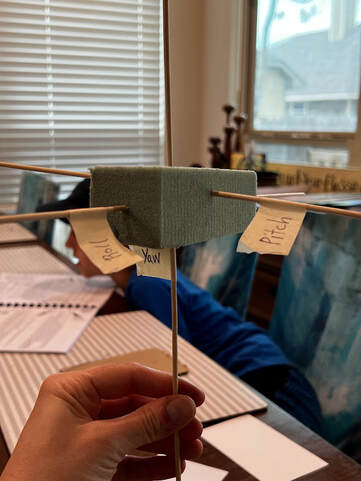
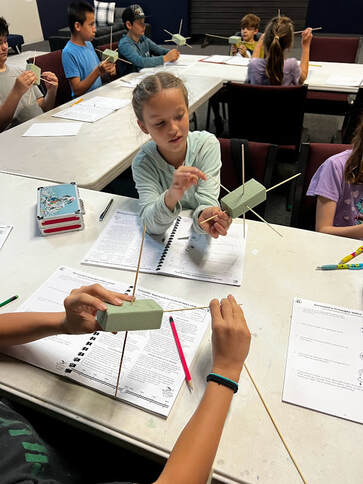

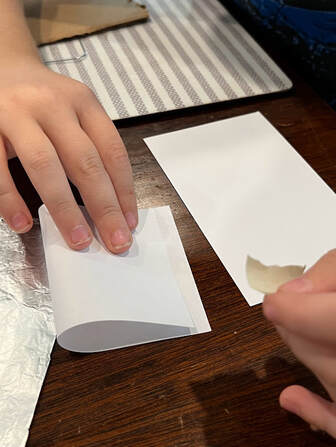
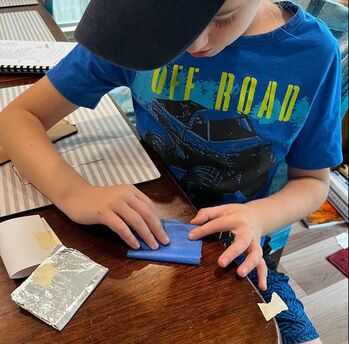
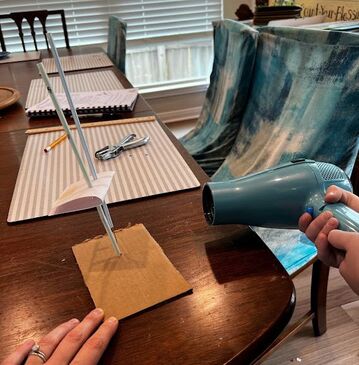
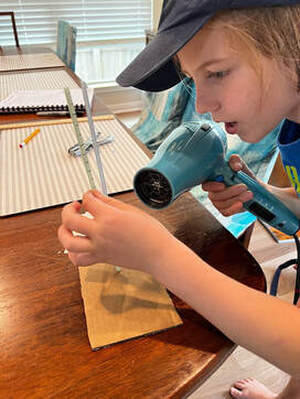
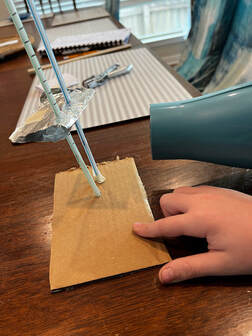
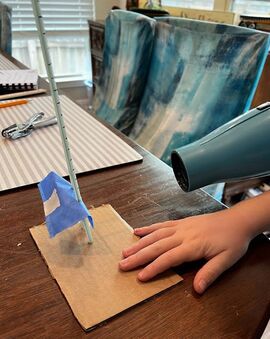
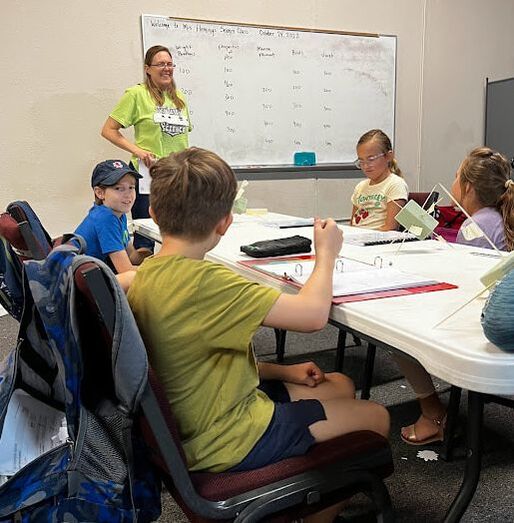
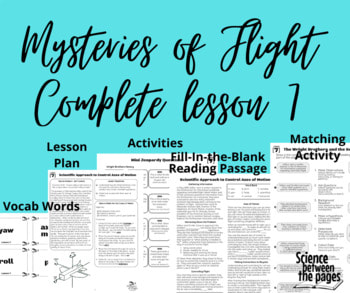
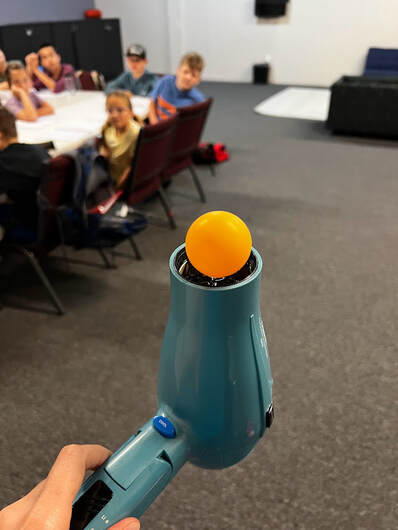
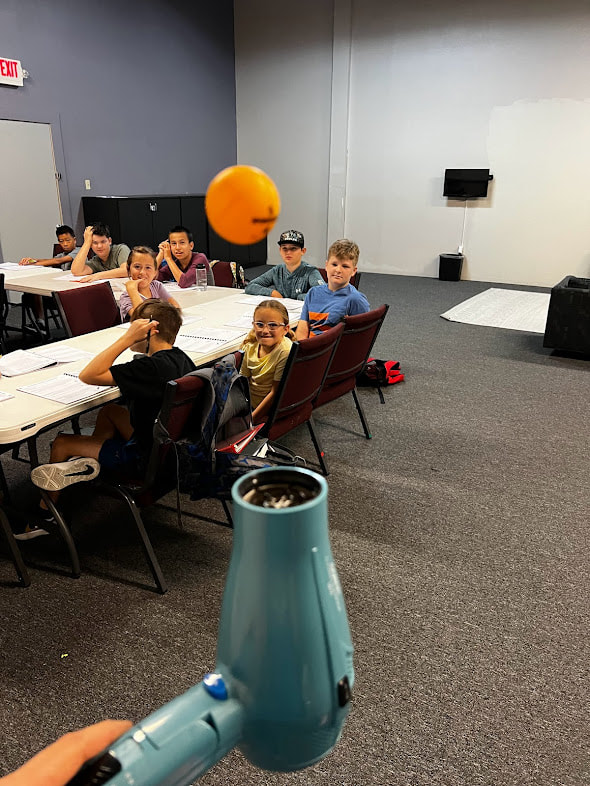
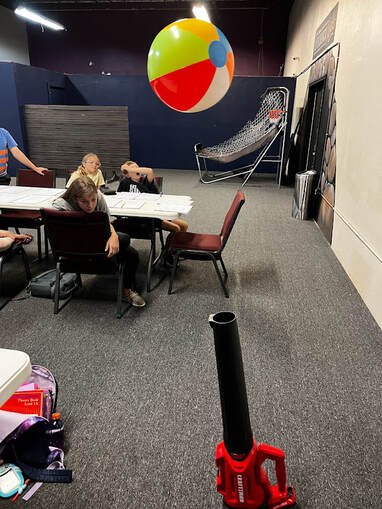
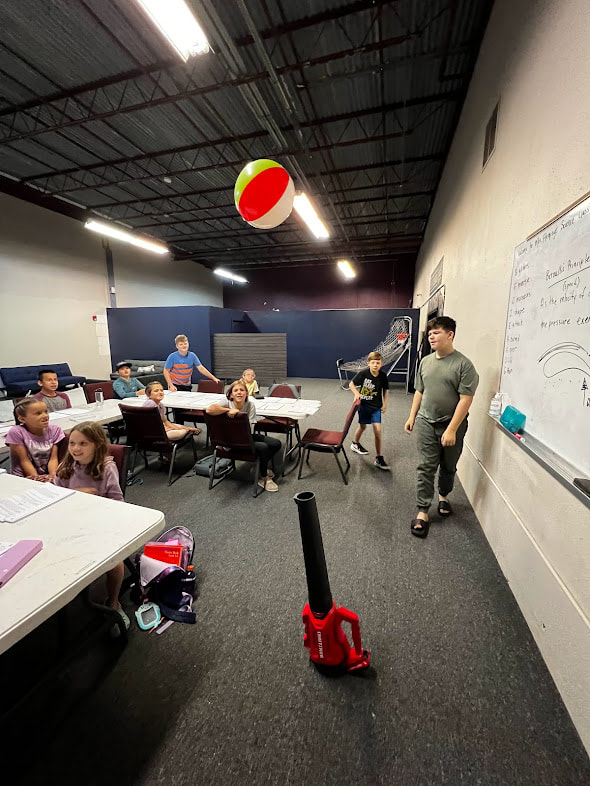
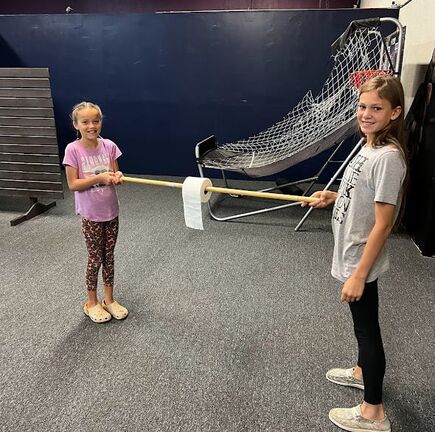
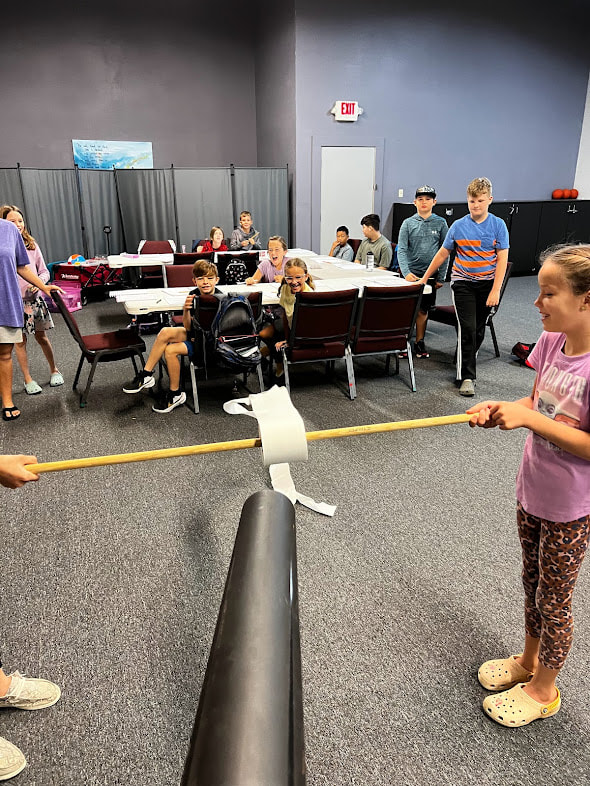
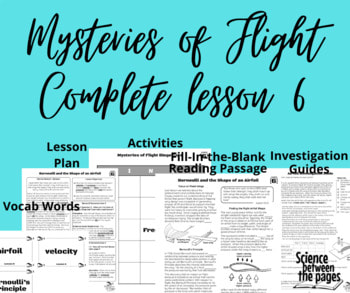
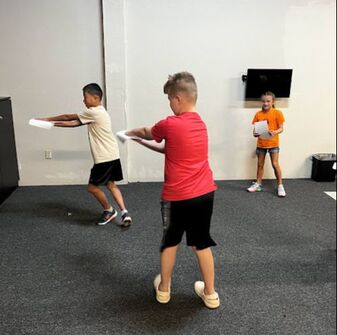
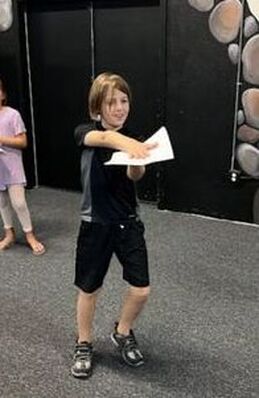
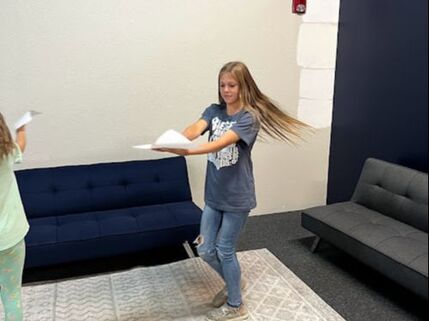
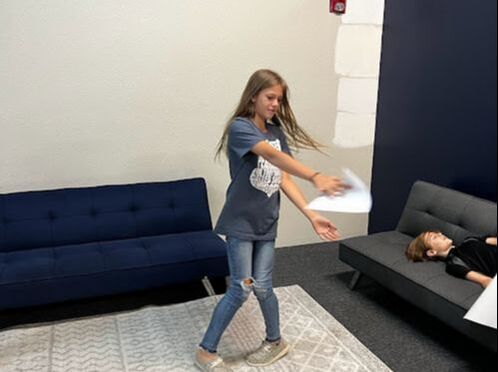
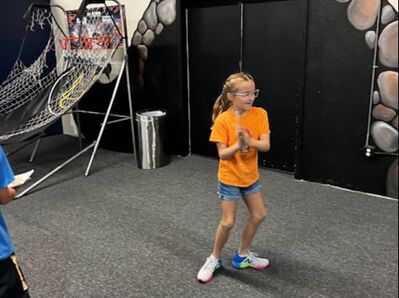
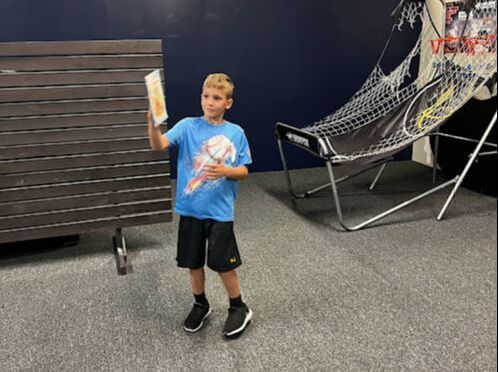
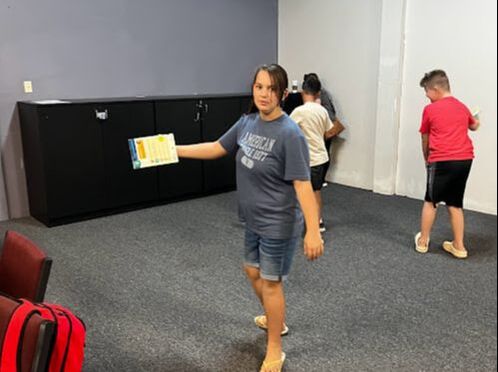
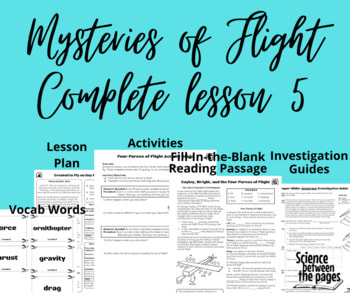
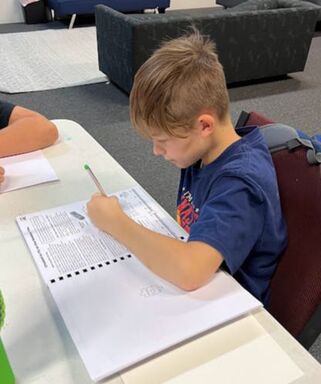
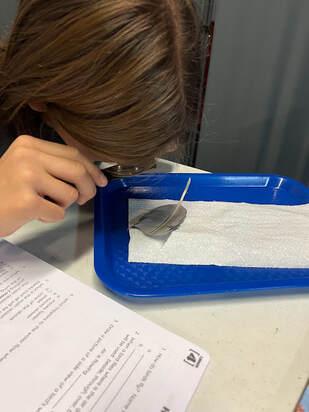
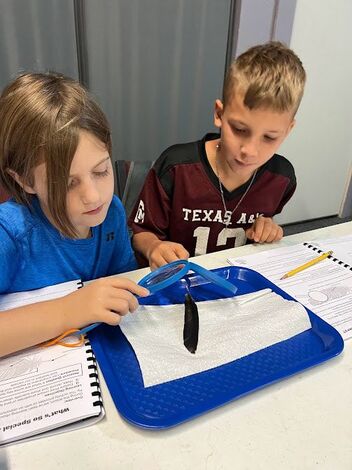
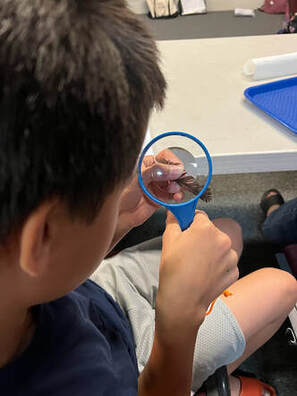
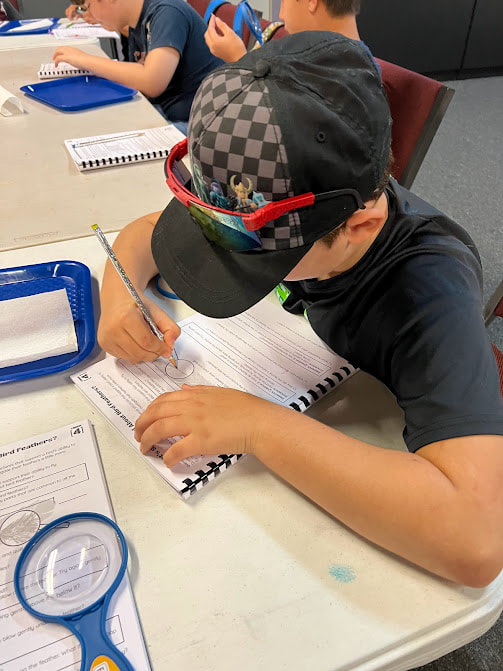
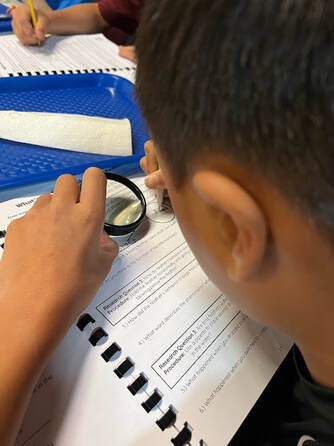
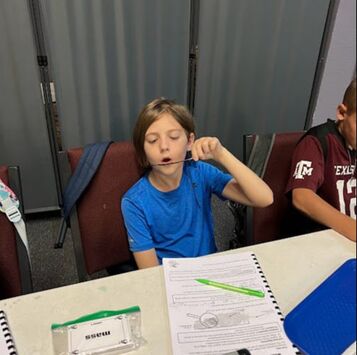
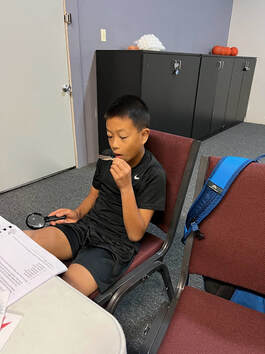
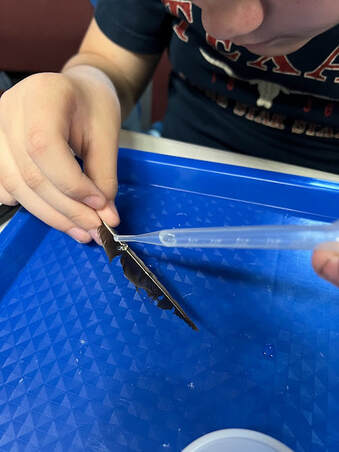
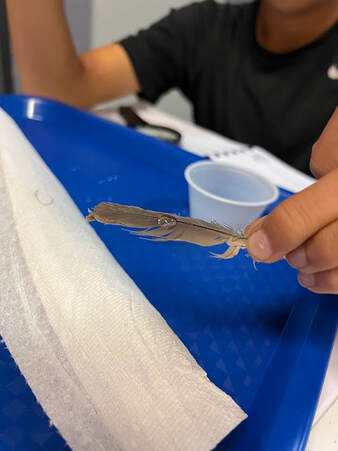
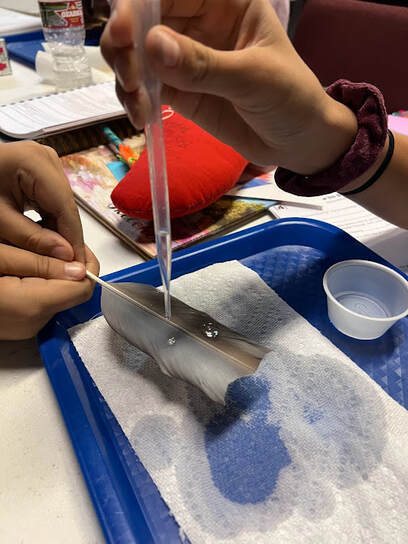
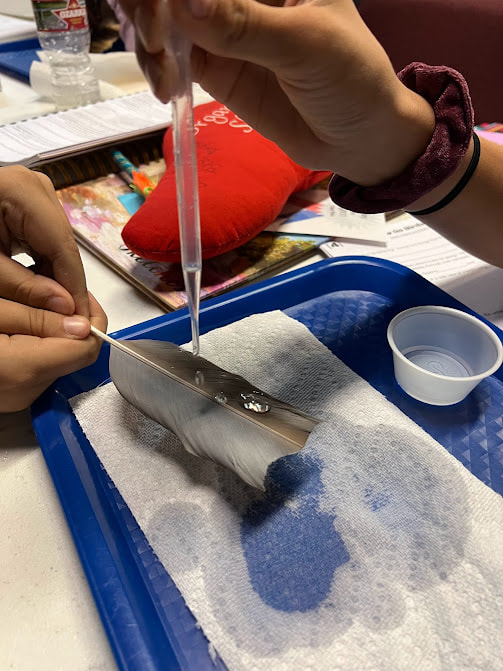
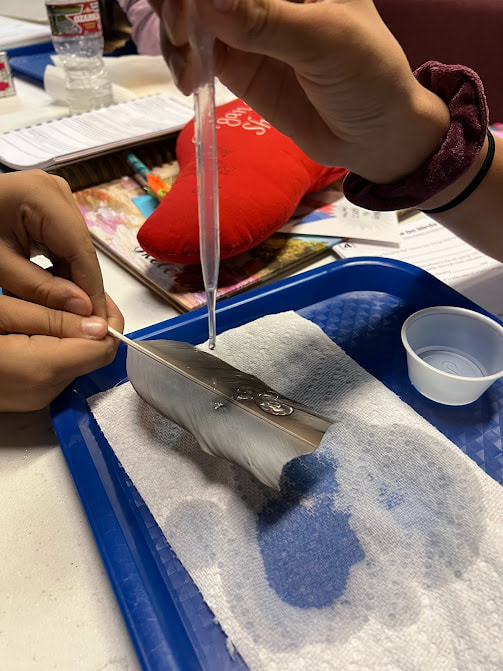
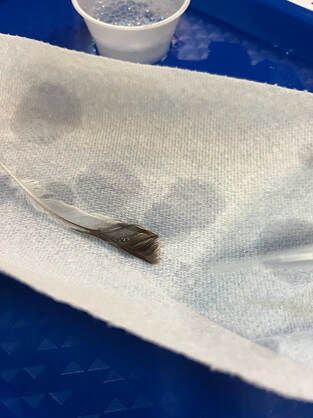
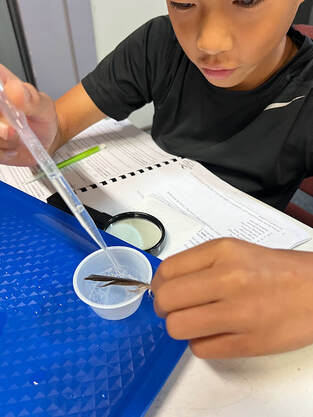
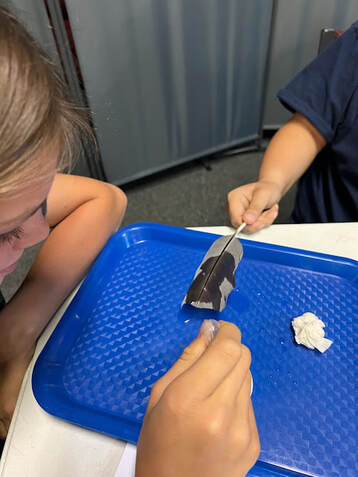
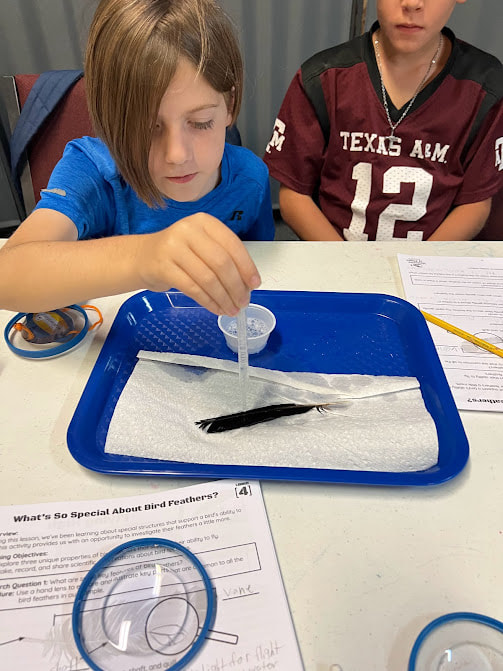
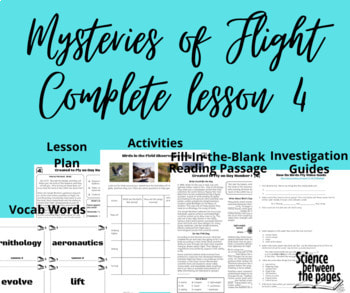
 RSS Feed
RSS Feed